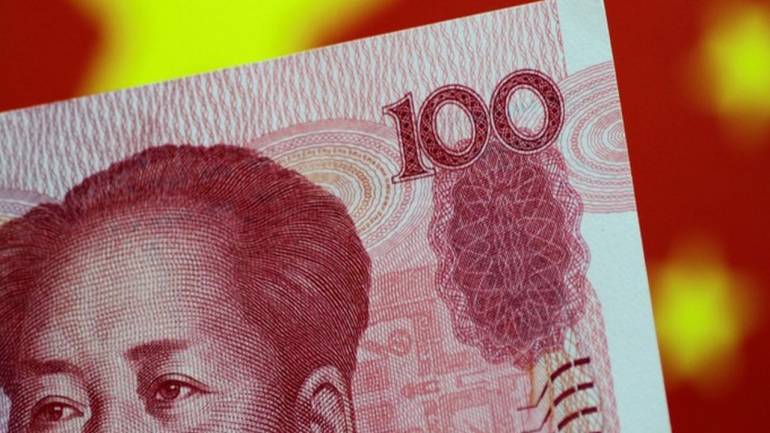
As the trade war between the two countries, India and China starts to get serious, signs shows that it could turn into a currency war soon. In such situations, it is considered to give a quick fix to the Indian rupee.
In the past four years, the yuan’s movement has had a strong effect on other currencies. This includes the Indian rupee as well. Last week after yuan’s fall, most of the Asian currencies were weakened.
The Indian rupee felt the impact of the tussle between the two largest economies in the world, weakening 1.7%. According to reports, the Indian rupee was among the worst performers. Economists have reduced their forecast for the Indian rupee in the light of trade tensions. Nomura Securities Ltd have already revised its forecast for the Indian rupee. They are expecting that the rupee will weaken to 72.5 against the dollar in the year 2019. This is expected to be a sharper depreciation than the 69.5 to a dollar.
There are two valid reasons behind the poor performance of the Indian rupee.
A trade war can take the foot off the accelerator of global growth. India’s trade, to that extent, can slide. Slowing down of the global growth can lead to lower interest rates and a relook at risky emerging-market assets. Abheek Barua, chief economist at HDFC bank said:
“In the short term, I think we have a larger loss because of a cyclical downturn in the global economy.”
When countries collide, a flight to safe-haven assets begin. The gold’s chain and dollar’s rise are clear signs safety is already being sought by investors worldwide. Garima Kapoor, an economist at Elara Securities Ltd said:
“The ramification of the US-China trade war is being seen across emerging market economies, including India. The daily yuan fixing and the fears of devaluation on the Indian rupee.”
Considering that the dollar is going to flow back to US bonds, Indian markets could witness an outflow. There is another reason why foreign investors dislike India. The tax rules by the Centre have miffed them.
The policy ramification of a fast lowering currency cannot be overlooked. A weaker rupee can offset the benefit of reduced commodity prices on domestic inflation, potentially queering the pitch for policy rate cuts.
External commercial borrowing has increased in the recent months and a falling currency inflates repayments for the borrowing companies.
